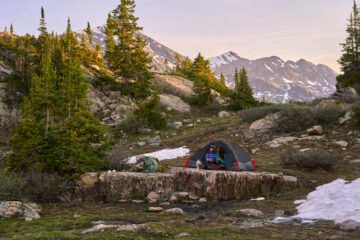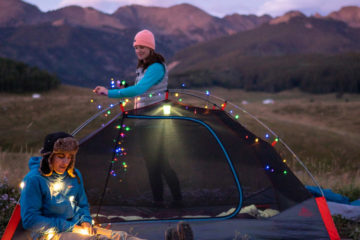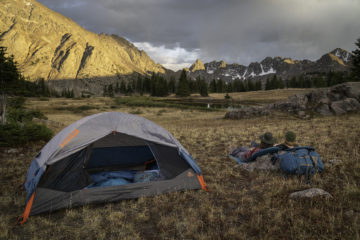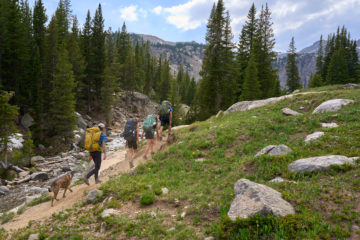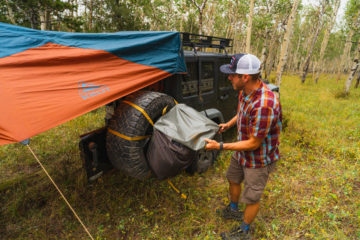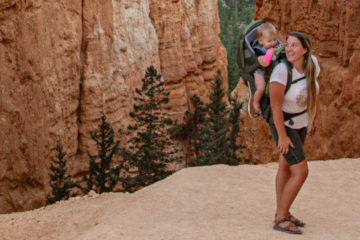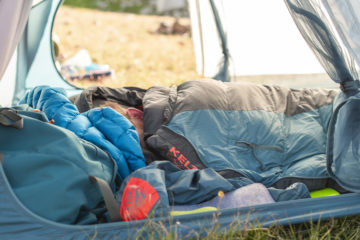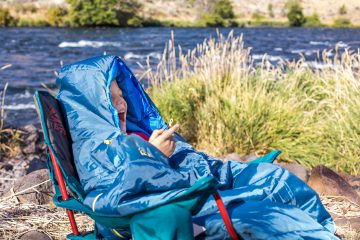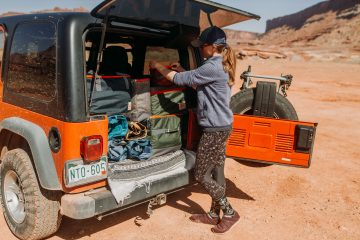Find the right tent for your next trip
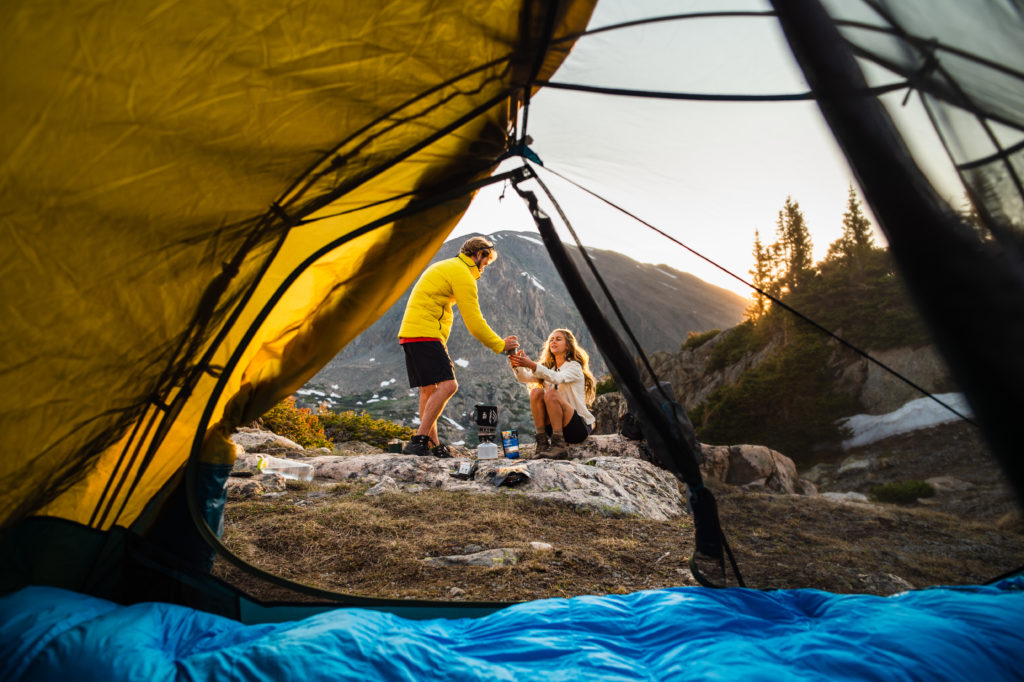
We’re not sure about you, but your friends at Kelty are pretty dang excited about getting outside this summer. If there’s any silver lining to the [ahem] adventures of the past year, it’s our collective education about just how many previously indoorsy activities can—and really should, if we’re being honest—be accomplished outside. Dining. Movies. Education.
Oh, and speaking of school, it’s OUT! Which means it’s an excellent time for you nature newbies to continue getting schooled in the outdoor gear basics. Hopefully, you caught our posts about sleeping bag and pad selection—so now let’s get into how to choose a camping tent—including some basic tent terminology and the best tent for every kind of adventure!
Camping and Backpacking Tent Terminology
Before you start shopping, it’s good to familarize yourself with some fundamental camping and backpacking tent terminology. This will help you understand some of the features that various tents might have—and whether or not they’re relevant to your next adventure!
Footprint/Capacity: Let’s start with a two-fer! In the outdoor gear world, the word “footprint” typically refers to just that—the surface area that your tent covers on the ground. Simply put, more people, or bigger people = bigger tent footprint. Capacity refers to how many people can sleep comfortably within that footprint. But of course, use your common sense here; if you’ve got larger folks in your party, or known starfish sleepers…kindly adjust accordingly.
SIDE NOTE: Just to keep things interesting, some outdoor gear companies also use the term “footprint” to refer to the waterproof ground tarp that goes UNDER your tent; this provides an extra layer of insulation and wetness protection, and is almost never a bad idea.
Tent Design: While there’s a ton of variation within them, there are really only two basic design styles for camping and backpacking tents. Cabin-style tents are just what the name suggests: little house-shaped temporary dwellings, with vertical-ish walls that maximize headroom and features you might expect from a real house, like room dividers, shade awnings and more. These are ideal for large families, car camping and festivals.
Dome-style tents feature rounded, aerodynamic shapes that are less likely to blow away on a windy mountaintop—these are the tents of choice for backpacking and solo camping trips. What you’ll lose in living space, you’ll gain in carry-weight and foul-weather performance.
Denier: Speaking of performance, you’re going to see this word a LOT when you’re shopping for the best camping or backpacking tent. Denier is simply a unit of measurement for fiber density; higher-denier tents will be more rugged and durable than lower-denier models.
Seasonality: As with sleeping bags and sleeping pads, your tent may come with a seasonality rating. And, as with bags and pads, unless you’re planning some kind of gnarly winter trip (or live in a place with foul weather year-round) a 3-season tent should suit most beginners just fine. The main differences between 3- and 4-season tents are heavier materials (to withstand high winds and snow loads) and fewer mesh panels (to help you retain more heat).
Rainfly: This is like an umbrella for your tent! A rainfly is a waterproof cover that either fits over just the roof of your tent, or your entire tent, providing an extra layer of warmth and weather protection. Unless you’re traveling in the Pacific Northwest or a tropical rainforest, you can probably get away with a roof-only rainfly, which will keep you dry but also let some light in.
Guylines: If your tent has a rainfly, you’re probably gonna need to know about guylines, too; These are the thin cords you’ll use to secure your rainfly to keep it from flapping in the wind.
Vestibule: This is just a fancy-sounding word for “garage,” and it’s a GREAT feature to have. Why? Particularly if you’re backpacking, your boots, clothing and gear are likely to get dirty (and smelly), so it’s cool to have a place to store it that isn’t right next to your pillow—but isn’t outside, where it can get drenched with dew. Some rainflys will give you an ad-hoc vestibule.
Poles: These are the bones of your tent, and their structure will determine how easy or difficult your tent is to set up. Most tent poles today are light and flexible, attaching to your tent either by snaking through a sleeve, using external clips, or some combination of both. Most of our tents are designed with color-coded Kelty Quick-Corner technology for lighting-fast setup.
Ventilation: There are those who say you haven’t lived if you’ve never hiked all day with a bunch of sweaty besties, then attempted to crash out together in an unventilated tent. Actually, hold up—literally nobody’s ever said that! You want ventilation!
Not only will it stop your friends’ stinky feet from keeping you awake all night, it will prevent your tent from collecting condensation, so you don’t wake up covered in…uh….people dew. EW. Most tents will have mesh panels and windows to keep that cross-breeze flowing.
Tent Duffel/Carry-Bag: Truth be told, you might not hear a lot about this one; this is because most outdoor gear companies don’t put a lot of time or energy into their design. But here’s why it matters: nothing is more of a buzzkill on your last day in the wilderness than trying to roll your tent bag onto your tent. That’s why your friends at Kelty favor the much more forgiving design of our shark-mouth duffel—just open it wide, shove it in and carry on.
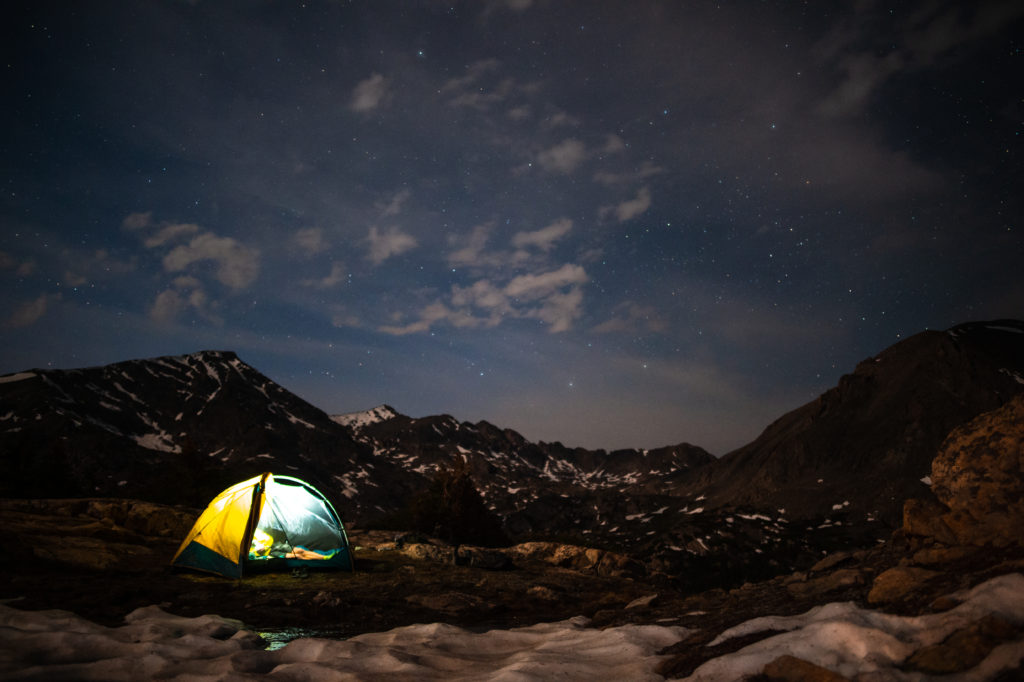
How to Choose a Camping Tent (JK, We Did it For You)
Now that you’ve got your basic camping and backpacking tent terminology down, it should be easy to get yourself into the ballpark, at least—and, lucky you, we’ll help you close the deal!
Best Family + Festival Tent: Rumpus
Let the wild rumpus begin! This spacious and ultra-versatile tent comes with an extra-large vestibule (festibule?) for whatever moves you—from mountain bikes to man’s best friend to massive wilderness porch for those late-night jam sessions.
Best Car-Camping Tent: Tall Boy
You measure your beer, not your tent, in ounces—and you like both of them TALL. That’s exactly why we made the new Tallboy tent: so getting in and out of your pants (or somebody else’s) doesn’t require a cardio workout. This one-door, open-plan tent has a tall tome ceiling for stand-up living space, plus standout color schemes and X-pole design for easy setup.
Best Beginner Backpacking Tent: Grand Mesa
A reliable—and affordable—backpacking companion for decades, our crowd-fave Grand Mesa now features Kelty Quick Corners for lightning-fast setup, a Shark-Mouth duffel for easy pack-up and and EZ-Zip vestibule for smooth sailing in between!
Best Backpacking Tent: Late Start
This easygoing tent doesn’t care if you worked late or got stuck in traffic—it knows your goal is FAST setup, so you can start enjoying Mother Nature ASAP. Featuring Kelty Quick-Corner technology, pre-bent poles and tons of easy-breezy mesh for hot summer nights.
Stay tuned for more beginning backpacker tips, with great gear to get you out there in style—and be sure to follow @keltybuilt for all kinds of cool camp content. See you out there!
